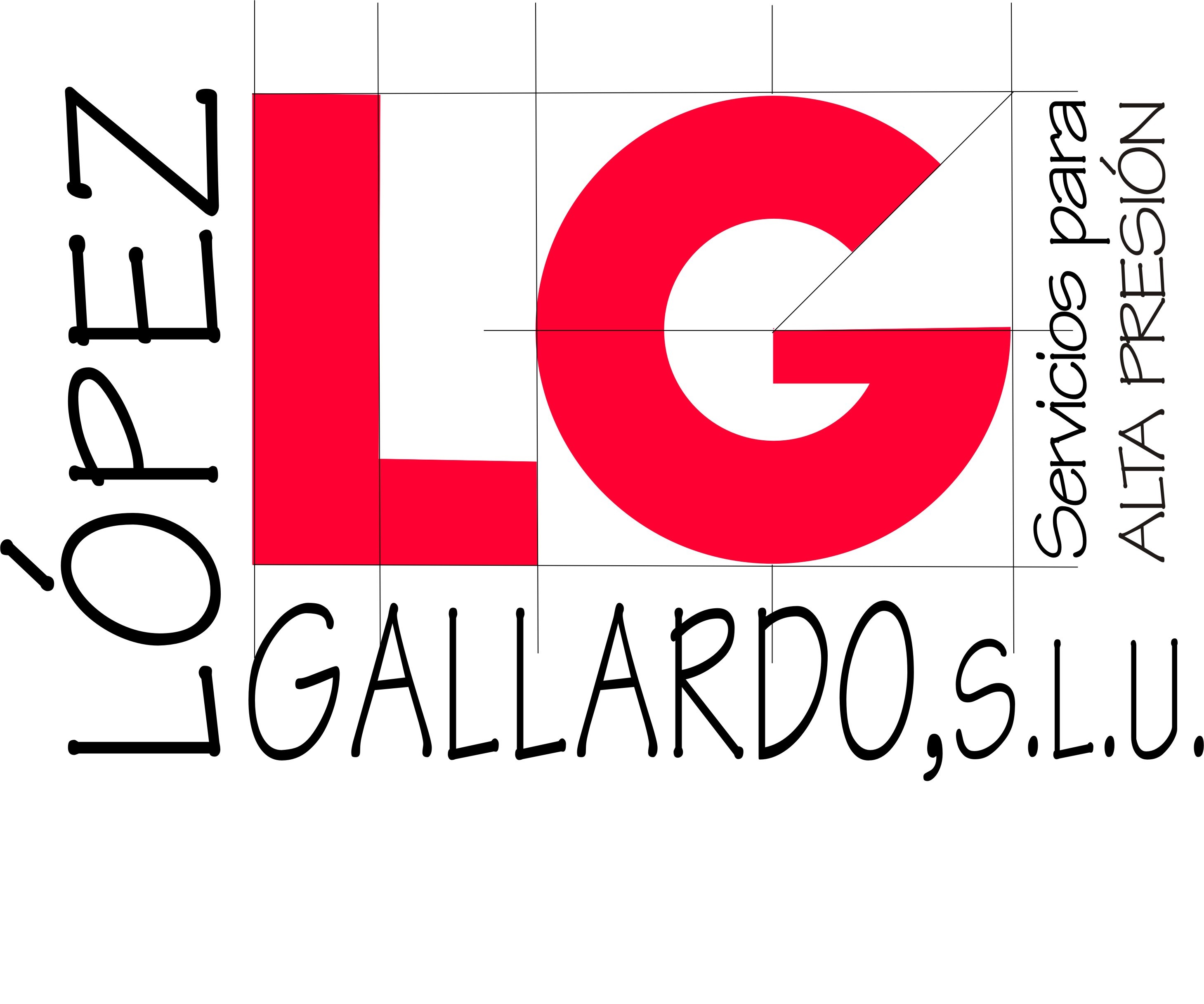24 7 payday loans
If the explanation that is only high prices were that loan providers can, so they really do, you’d expect you’ll see a business awash in earnings
One issue because of the payday-lending industry—for regulators, for loan providers, when it comes to general public interest—is so it defies easy financial intuition. As an example, in many companies, more competition means reduced charges for customers. That maxim clearly helped guide the deregulation of this fringe lending business when you look at the 1990s—and some advocates still genuinely believe that further deregulation is key to making loans that are payday. Yet there’s small proof that the expansion of payday loan providers produces this consumer-friendly effect that is competitive. Quite the contrary: While states without any interest-rate restrictions have more competition—there are far more stores—borrowers in those states (Idaho, Southern Dakota, Texas, and Wisconsin) spend the greatest costs in the united kingdom, significantly more than dual those paid by residents of several other states, based on Pew. In states in which the rate of interest is capped, the price that payday loan providers charge gravitates appropriate toward the limit. “Instead of a battle into the lowest prices, it is a battle into the greatest rates,” says Tom Feltner, the manager of economic solutions in the customer Federation of America.
The reason for it is not easy, and a number of financial jargon floats across the problem.
However it all starts with this specific: The typical consumer that is payday-loan too hopeless, too unsophisticated, or too exhausted from being addressed with disrespect by conventional loan providers to take part in cost shopping. So demand is exactly what economists call cost inelastic. As Clarence Hodson, whom published book in 1919 concerning the company of tiny loans, place it, “Necessity cannot bargain to benefit with cupidity.” With its final yearly economic report, Advance America, among the country’s payday lenders that are biggest, penned, “We believe the main competitive facets are customer support, location, convenience, rate, and privacy.” You’ll notice it didn’t mention price.
it isn’t, specially today. The industry’s earnings are tough to track—many organizations are private—but during 2009, Ernst & younger circulated a research, commissioned because of the Financial Service Centers of America, discovering that stores’ average margin of profit before income tax and interest had been lower than ten percent. (with regard to contrast, in the last five quarters, the consumer-financial-services industry in general averaged a pretax profit return of a lot more than 30 %, based on CSIMarket, a provider of economic information.) A perusal of the monetary statements which are public confirms a fact that is simple As payday lending exploded, the economics associated with the company worsened—and are now no better than middling. The Community Financial solutions Association contends that the 36 percent price limit, just like the one in destination for people of the military, is really a death knell because payday loan providers can’t earn money at that price, and also this appears to be proper. A year or lower, the payday lenders vanish in states that cap their rates at 36 percent. A year, there are no stores at all in New York, which caps payday lending at 25 percent.
It may look inconceivable that a business couldn’t make cash gathering interest at a 36 per cent yearly clip.
One explanation it is real is the online payday NJ fact that standard prices are high. A report in 2007 by two economists, Mark Flannery and Katherine Samolyk, discovered that defaults account fully for a lot more than 20 % of running expenses at payday-loan stores. In comparison, loan losings in 2007 at little U.S. banks that are commercial just for 3 percent of costs, in line with the Kansas City Fed. That isn’t astonishing, considering the fact that payday lenders don’t look carefully at a borrower’s earnings, costs, or credit score to make sure that she can repay the loan: That underwriting procedure, the bedrock of main-stream financing, will be ruinously costly whenever put on a $300, two-week loan. Alternatively, loan providers rely on use of the borrower’s checking account—but if that’s empty because of other withdrawals or overdrafts, it is empty.

